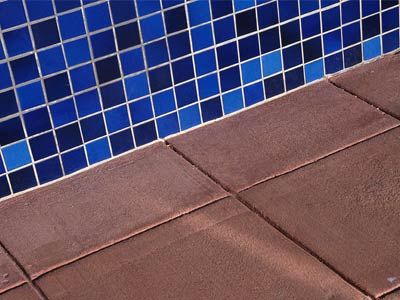House hunters have long understood the hidden meaning in the granite countertop. It's not just a slab of stone you chop vegetables on. It's luxury and status. It's often the central element in an "updated kitchen" -- a kitchen that can cost $30,000 and tack at least that onto the sale (and resale) price of a home. Granite, to most people, means "top of the line."
But is it? It's expensive, yes, and it's beautiful and unique and quite hard to damage. But to say granite is the best countertop material, you'd have to compare it to a material that has been gaining momentum for the last decade or so and is as edgy as it is luxurious -- concrete. "Luxurious" is perhaps not the most common word used to describe a concrete product. "Industrial" or "dirty" might be more familiar. But the concrete countertop has little in common with the concrete slab that is a sidewalk.
Advertisement
Concrete and granite countertops typically cost about the same (more on prices later), but that's really where the similarities end.
Concrete is basically a mix of cement and an aggregate. An aggregate is something like sand or crushed limestone that is added to the cement mix to impart specific qualities, like increased strength or a certain color or texture. In countertops, the list of potential concrete aggregates expands almost indefinitely, allowing homeowners to customize their countertops to a whole new level we've never seen before.
Granite may not have all the inherent customization of concrete, but there's a reason why it's often the upgrade of choice. Polished granite has a very luxurious look, with deep hues and all sorts of natural variations. And the fact that it's natural stone, pulled from quarries dug deep into the Earth, has a certain je ne sais quoi that many people find hard to resist.
So when you're looking to upgrade your kitchen, how do you decide on the countertop material? Since granite and concrete are all the rage right now, we'll focus on those. In this article, we'll find out which makes the better counter. There are lots of factors to consider, including durability, weight, aesthetics and even health concerns. We'll start with the first thing we notice about a countertop: the aesthetics.
Advertisement



